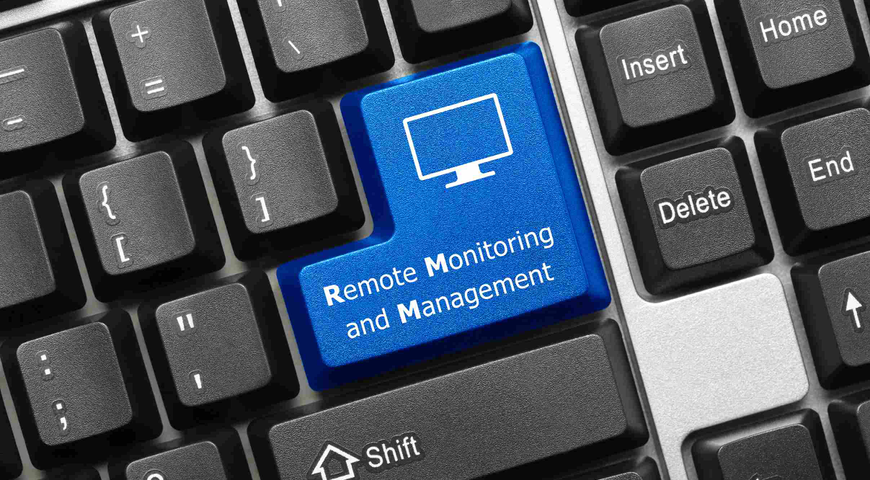Threat detection and response (TDR) refers to any advanced cybersecurity tool that identifies threats by correlating threat indicators or by analyzing the environment and user behaviors for malicious or abnormal activities.
TDR will stop:
- Known threats that are detected based on signatures
- Unknown, emerging threats that are detected with behavior-based detection tools (heuristics)
- Highly evasive malware threats, such as attacks that exploit zero-day vulnerabilities and advanced persistent threats (APTs) that tend to evade traditional malware defenses
While anti-malware, anti-viruses, and firewalls are examples of a first line of defense, threat detection and response – which is based on a zero-trust model – is a last line of defense that identifies and blocks breaches to remediate and mitigate the damage.
Use cases and benefits of threat detection and response software
TDR implements a last line of defense and supplements your existing anti-malware defenses so there is no need for a rip and replace solution. The following four use cases represent the top reasons why you need a TDR solution.
Use Cases:
Prevention against advanced or highly evasive threats - Detect and prevent advanced attacks that can bypass traditional anti-malware defenses, including new or unknown malware, ransomware, fileless attacks, zero-day threats, and APTs.
Enable investigations and continuously monitor endpoint and network activity across the entire organization. - Ensure focused, detailed visibility into any threat. Empower your security team to provide post-breach investigation with detailed visibility and forensics into every attack to enable fast and thorough remediation.
Contain breaches and provide automatic response - Automation provides advantages to organizations looking to do more with less resources. Reduce response times with automatic threat prevention capabilities.
Enhance endpoint security - TDR supercharges the first line-of-defense solutions with protection against more advanced threats and provides deep analysis and forensics only when the system detects an attack, eliminating data deluge and the need for an in-house forensics team
Tips on how to implement threat detection and response
Every organization should follow these suggestions when implementing a threat detection and response solution.
Enhance your security program with modern solutions that include a zero-trust approach. Instead of relying on identifying constantly evolving attack techniques, the solution flags abnormal activity or automatically prevents infection.
Install patches on a timely basis. Install patches to the operating system and application software as they become available.
Consolidate security products. Seventy three percent of organizations have more than five different solutions and agents running simultaneously and 53% of IT teams admit that the number of security tools is so burdensome that it adversely impacts security and increases risk. Consolidating these security products minimize complexities and eliminates gaps in protection.
Leverage automation. Consider cybersecurity software that automates a response to a threat to eliminate errors and save time. Automating security decreases the total cost of data breaches almost three times, but only 40% of organizations have partially deployed it and 35% of organizations have not even started implementing it. Ensure continuous threat monitoring. Protecting your data is not a one-and-done task but an ongoing effort. Your organization is never immune to an attack.
Provide continuous cybersecurity training. Continuously train users on what cyberattacks look like, what to do, what not to do. Just as important is continuous training for security professionals because the landscape changes fast and criminals are constantly introducing and perfecting new threat techniques.
Assume a breach mindset because regardless of the cybersecurity tools, solutions, policies, and procedures a business has in place, a breach may have already occurred or is inevitable. This means that a business needs to prepare for a breach now. Start by assuming a breach scenario and define what needs to be done to mitigate the damages.
Develop an incident response plan. It is important that your organization develop and test an incident response plan to respond and manage an attack, mitigate the damage, and recover as quickly as possible. Also be sure to have measures in place to recover your data (e.g., backups and a disaster recovery solution) and minimize downtime after a successful breach.
What are cyber criminals usually after?
Cybercriminals are looking to steal data, make money, and/or harm the attacked environment. They do this by stealing user credentials, personally identifiable information (PII), intellectual property (IP), or company-confidential information; and/or holding a business ransom by encrypting critical data. In some cases, the criminal may be a disgruntled employee looking to exact revenge on their company. Other times, the criminal may be a state-affiliated or state-sponsored attacker conducting espionage activities to meet their politically motivated objectives.
Many times, an attack is intended to establish lateral movement from one user or business to other users/businesses. For example, a criminal will attack a business user’s device, take command and control of the device, and then attack other systems in the corporate network. Alternatively, they can attack a managed service provider (MSP) with the intent of also infecting their clients.
Managed detection and response service
Given the current shortage of cybersecurity professionals around the globe, coupled with the limited IT budgets an organization may have, many businesses choose to utilize a managed detection and response (MDR) service. MDR is managed by a third-party team of security professionals, so it does not require a business to hire additional resources to operate/implement advanced threat detection and response, saving the organization both time and effort.
MDR monitors and protects a business’ endpoints and network and provides threat hunting services, detection, and response. MDR providers use a variety of tools and continually enhance their detection engines based on their experience with different clients.
Acronis Detection and Response

Acronis Detection and Response is a last line of defense that protects your organization against threats that evade your anti-malware defenses. Designed based on a zero-trust approach, the solution prevents attacks in real-time, provides real-time visibility, and automatic and manual remediation capabilities. Specific features include:
- Threat-agnostic security that adds threat detection and response to supercharge your endpoint security and prevent any types of advanced threats
- Real-time threat protection that proactively and automatically prevents damage
- Operating system (OS) hardening to limit the attack surface and strengthen your security posture with custom, granular block rules, which are aligned with your organization's needs and control the user groups for which the policies are set
- Focused and detailed visibility into attack timelines, origin, tactics, techniques, and procedures (TTPs) to provide forensics for cybersecurity investigation, strengthen your organization’s security posture, and mitigate potential security gaps
With Acronis Detection and Response, you can minimize cyber risks, prevent any threat, ensure rapid incident response, and leverage your existing resources to the fullest.
About Acronis
A Swiss company founded in Singapore in 2003, Acronis has 15 offices worldwide and employees in 50+ countries. Acronis Cyber Protect Cloud is available in 26 languages in 150 countries and is used by over 21,000 service providers to protect over 750,000 businesses.



